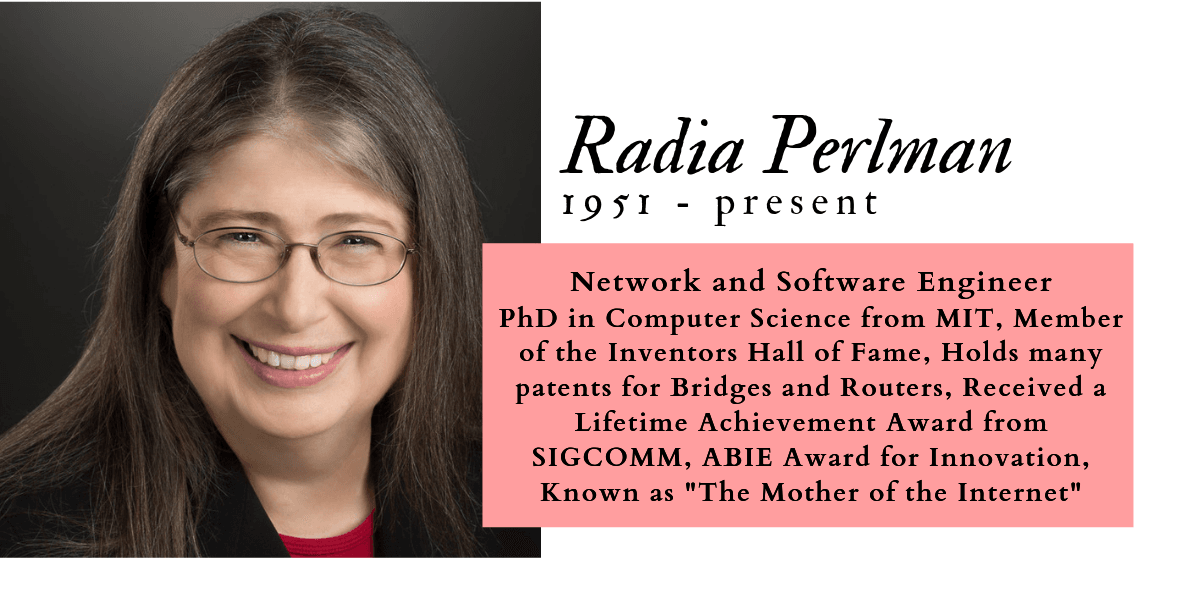

It's the proof-of-work part of Bitcoin that bites, i.e.

There are other consensus protocols, like Raft, which scale pretty well for their use cases. That's only *one* reason why Bitcoin is terrible at scaling. This is terrible for scaling (which is why Bitcoin can only process a handful of transactions per second) The blockchain is completely peer-to-peer with every peer communicating with every other peer. On the other hand, value stored in fiat currency as cash or savings are eroded by inflation and cost-of-living increases, and "safe" investments give returns that are worse than inflation. The main 'selling point' of Bitcoin is that no single entity can "cheat" by creating new Bitcoins without proof-of-work, the amount of Bitcoins mined is limited, and the ratio of newly-mined coins to existing coins is tiny (thus giving it value-holding characteristics much more similar to those of gold). It is at best pseudonymous, but real wallet owners can be identified through transfers within the Bitcoin network, and between Bitcoin network and fiat accounts.

As many silk road drug dealers found out, Bitcoin is not, in fact, anonymous. That reflects a complete misunderstanding of why Bitcoin is mostly used - as a store of value, not as a transactional currency. I also see here a very skewed view of Bitcoin - it's used to 'hide' from government, therefore is used mainly for criminal purposes. It's for illegal stuff like buying drugs or ordering a hitman that someone doesn't have any recourse if they're defrauded. Of course if I use bitcoin to order something online from a reputable company and it doesn't get delivered I can still sue the company just as if I paid by credit card, as long as there is a transaction record such as an email order confirmation - there is a public record of the actual transaction on the ledger. But as Perlman points out, if you're transacting with an individual, you still have to trust that they will deliver what you are paying them for. This is terrible for scaling (which is why Bitcoin can only process a handful of transactions per second), and it's *only* advantage is that it is completely "trustless" in the sense that you do not have to trust a central controlling authority. Of course it requires trust in that 'trunk', but you also get legal oversight and ultimate responsibility. By "centralised" I don't necessarily mean there is one channel / processor, but that there are multiple levels of grouping, exactly like e tree from leaves to branches to bigger branches to trunk (and ideally having multiple trunks). Click here for the Women in Computing timeline created for that event.In most cases, a centralised infrastructure is what you need because that's the one that can best scale, operate more efficiently etc. Radia Perlman was one of the women profiled in our Women in Computing Festival 2017 of entitled Where Did All the Women Go?. “It's astonishing that internet search is possible at all but it works amazingly well, and is probably one of the most important reasons that the internet is ubiquitous,” she says. Radia’s take on the internet is that its success isn’t due to the specific technologies it involves, but rather the surprising ways it has come to be used. Her concept was adopted as an IEEE standard for bridge technology and remains in place to this day. Her employer, DEC, had wanted to network computers reliably and Radia’s solution did that and more it also served to establish the rules for internet traffic. Working under the supervision of Seymour Papert at MIT, Radia developed a child-friendly version of the robotics language LOGO and in 1974-6 young children (from just 3ó years old) programmed a LOGO educational robot called a Turtle.įollowing her years at MIT, Radia went on to become a leader in computer science, developing the algorithm behind the Spanning Tree Protocol (STP), an innovation that made today’s internet possible. Radia was a pioneer in teaching young children computer programming. Radia’s mother was a computer programmer, although her job title in the 1950s when Radia was born was ‘mathematician’ and she had little influence on her daughter’s subsequent choice of career. Radia Perlman was drawn into programming while she was at MIT in the 1970s where less than 5% of students on her course were female.


 0 kommentar(er)
0 kommentar(er)
